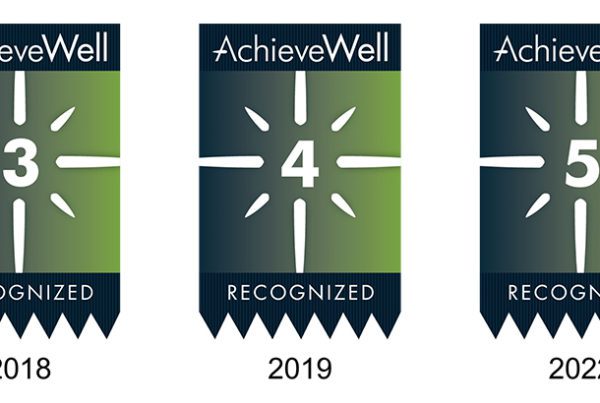
2020 may have been the first year you had to figure out how to run a meeting for your company without being able to have your employees in the same room. Luckily technology offers great ways to stay in contact with team members even while everyone is working from home. Not so lucky though, is that many people were forced to try and figure out virtual meetings in an incredibly short amount of time.
If you are still looking to improve your digital work flow while maintaining a sense of normalcy with your team, follow these tips below.
Set up the right environment
Being conscious of where you are calling in from is very important to how well you can communicate with your team. Avoid uncarpeted rooms as those can cause echoing. Having a neutral backdrop can minimize distractions. Set up proper lighting to make sure everyone can see you clearly.
Look the part
Virtual meetings still call for professional attire; dressing in business meeting appropriate clothing is good virtual meeting etiquette. When working from home it can be easy to get comfortable with staying in sweatpants all day but to help run a successful meeting you should continue to dress professional. If you dress in the same way you would to an office setting, it can help keep some consistency with virtual meetings. The best part is, is that even when you’re wearing a nice shirt, you can still keep your sweatpants on and no one will know the difference.
Thoughtful preparation before each meeting
Virtual meetings need preparation. This does not just mean setting up the technology, but making the following clear before and at the start of the meeting:
- What the purpose of the meeting is;
- The objectives which need to be achieved by the end of the meeting;
- A timed agenda;
- Clear roles, including facilitator (or chair), timekeeper and scribe (to take down action points and record decisions made);
- Agreed ways of working (or ground rules) such as “State your name before contributing” and “Mute when not speaking if you are in a noisy environment”; and
- Agree how actions will be recorded, communicated, and followed up.
Test your technology
Have members of the meeting test technology beforehand. Even a 5-10-minute delay due to technical difficulties can really kill the momentum and focus of a meeting right from the start. You might want to ask participants to log in to the meeting five minutes early, so that everyone can connect and check their audio and video. This will give people time to work out issues they may be having before the start of the meeting so that once it begins, they can be fully engaged. Consider offering a lengthier test run before the meeting for any participants who are unsure of the technology.
Set ground rules
While different meetings will have different “rules,” there are some basic etiquette practices everyone should follow to create a smooth online meeting experience. Think of them as the must-do’s of online meeting etiquette:
- Ask participants to silence their phones and turn off notifications to avoid distractions. Nothing is worse than seeing people work on other things while you are speaking.
- Consider minimizing noise by having participants mute their mic when they are not speaking
- Give everyone a chance to contribute. Have people send in questions and comments in the chat area and set aside specific blocks where the facilitator responds to them.
- Don’t interrupt other people when they’re speaking (or attempt to speak over them)
When in doubt, just practice common courtesy. People want to be heard, seen, and respected during an online meeting—just like they do everywhere else.
Start with an icebreaker
This may not always be necessary, but most people are going through a major adjustment period and a fun question that everyone answers can help minimize feelings of isolation. Even if you choose not to do an ice breaker, spend a few minutes at the beginning of the meeting checking in with everyone, catching up, or just having small talk about what’s going on in the office. Interpersonal relationships are critical during challenging times and lighthearted conversation before the meeting will boost engagement, strengthen culture, and deepen your relationship with your team.
Keep people engaged
One of the biggest challenges of virtual meetings is keeping people actively engaged while they are listen to a disembodied voice and stare at a screen full of blank faces. Some great ways to keep the flow is to make sure you carve out times for questions periodically and utilize visuals and graphics.
Make sure you are pausing for questions and let the meeting participants know you are doing this. You can avoid unnecessary participant interruptions and minimize tune-out that may come from a lengthy one-person dialogue. Another great way to combat disengagement is to make a presentation with graphics and images that can hep convey your message as you talk.
Go around the “table”
Encouraging discussion and participation can be a challenge in face-to-face meetings and even more challenging in a virtual meeting. Going around the table to each participant virtually at the end of the meeting (or midway) is a great opportunity to encourage questions and comments, particularly for those who would normally sit back.
Overall, a little extra planning can go a long way. Getting comfortable with meeting virtually will likely require an adjustment period, but you will soon find that it can be extremely productive. While you may get frustrated with the learning curve, just remember that your colleagues are likely facing similar frustrations; keep an open dialogue and be accepting of suggestions for improvement. Remember to keep in mind that we are all in this together!




